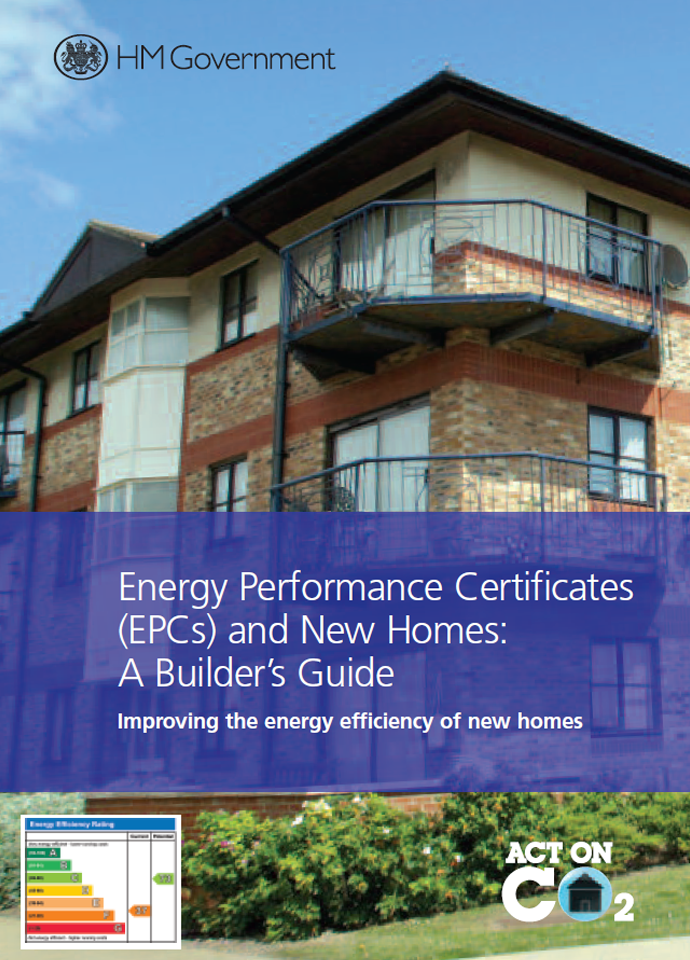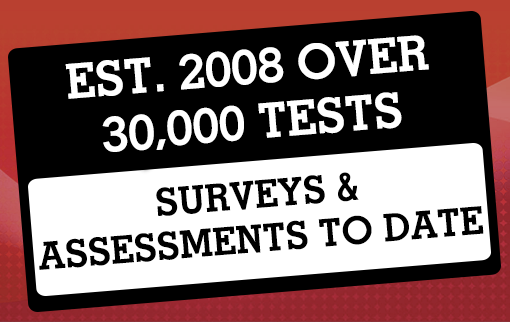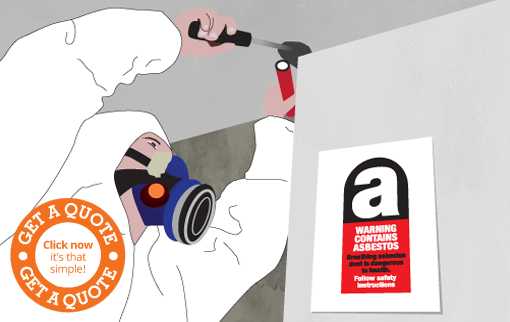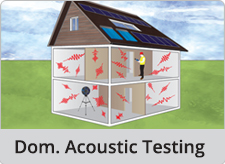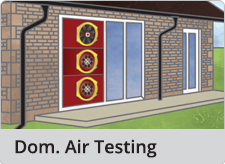Offices Nationwide

Sound Absorption
The loss of sound energy when sound waves come into contact with an absorbent material such as ceilings, walls, floors and other objects...more

Good Hearing?
A typical person with good hearing can hear from about 20Hz to 20kHz (the audio bandwidth). A person's voice will usually range from 500Hz to 2kHz...more
Liversedge - Asbestos Survey - 01924 578 029
The office that covers this area is: Wakefield
Phone Number: 01924 578 029 Email: liversedge@e2consultants.co.uk
Asbestos_Survey is sometimes referred to as Fire Risk Assessment, Fire Risk Assessment, Fire Safety, Fire Risk Assessment, Fire Risk Assessment.
Where Can Asbestos Be Found?
Generally speaking, people through Liversedge think Asbestos is just for insulation and found in the roof or a wall. Though true, Asbestos can also be used in toilet cisterns, Artex, water tanks (pre-1980), fire insulation, floor tiles, boilers and flash guards.
What's Involved In An Asbestos Survey?
A refurbishment/demolition survey, formally a type 3 survey, will be, as the name suggests, more destruction than a management survey. This will involve a surveyor accessing areas where future work is to be undertaken by knocking through a wall or drilling into floor slabs. This is to ensure that when the property is destroyed or altered that the next team in won't risk tampering with asbestos themselves that could be damaging to their health.
For an asbestos management survey, formally a type 2 survey, one of our surveyors will take small samples of suspected asbestos from a property to be sent to a lab for testing. They will also note each room in the building and the materials used in its construction - any area unaccessible will be marked as such to indicate the possibility of asbestos.
What Is Asbestos?
Asbestos is a set of six naturally occurring silicate minerals mined from rocks and used commercially for their desirable physical properties. The trade and use of asbestos has been restricted or banned in many jurisdictions in Liversedge.
Though three types have been widely used in building materials there are actually types of asbestos. The main ones are Chrysotile (white), Amosite (brown) and Crocidolite (blue). Blue is usually the most dangerous followed by brown and then white.
Surveyor Qualifications
Each member of our asbestos team are holders of the BOHS (British Occupational Hygiene Society) P402 qualification - the statutory proficiency certificate in 'Building Surveys and Bulk Sampling for Asbestos'. Our experienced and professional consultants are here to help so if you have any queries please call us on 01924 578 029 or send your query to Asbestos-Survey@e2consultants.co.uk.
We're qualified in asbestos refurbishment, management and demolition surveys for industrial, commercial and domestic buildings covering Liversedge. Where required can also undertake a Commercial EPC in a cost-effective package.
Asbestos Legislation
Under the Control of Asbestos Regulations 2012, it's the duty of the site owner of a commercial premise to identify and manage asbestos in and around the property.
Employers must undertake risk assessments before commencing work which exposes, or is liable to expose, employees to asbestos. This risk assessment must include:
- A plan of work detailing how the work is to be carried out
- Indication of any asbestos-related issues
- Provide solutions to these issues
- How to prevent exposure to asbestos or reduce it to as low a level as is reasonably practicable
Our other services include:
Asbestos Survey can also be known as:
Commercial Asbestos Management Survey, Asbestos Refurbishment Survey, Asbestos Demolition Survey, Asbestos Management Survey, P402 Asbestos Survey, Commercial Asbestos Survey, Commercial Asbestos Demolition Surveys, Commercial P402 Asbestos Survey, Commercial Asbestos Refurbishment Survey, Commercial P402R Asbestos Survey, P402R Asbestos Survey,


Copyright 2025 E2 Specialist Consultants Limited
Company No. 06728970













